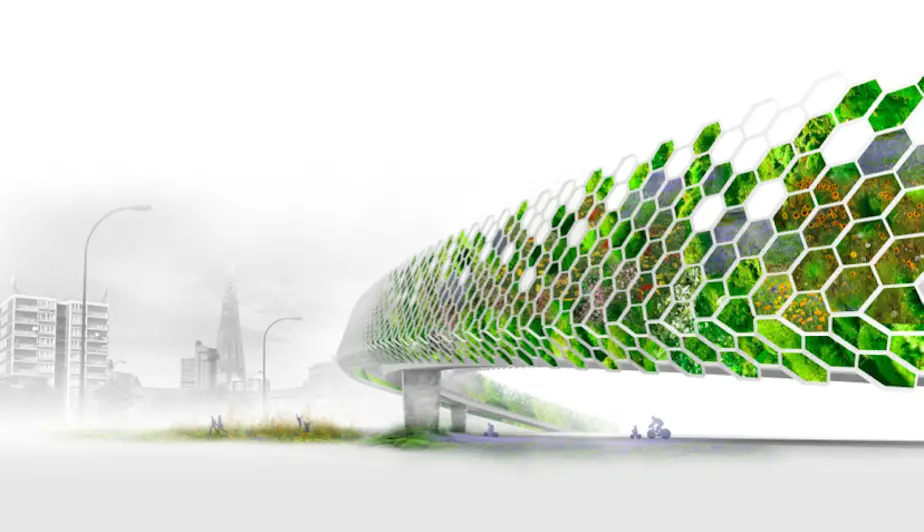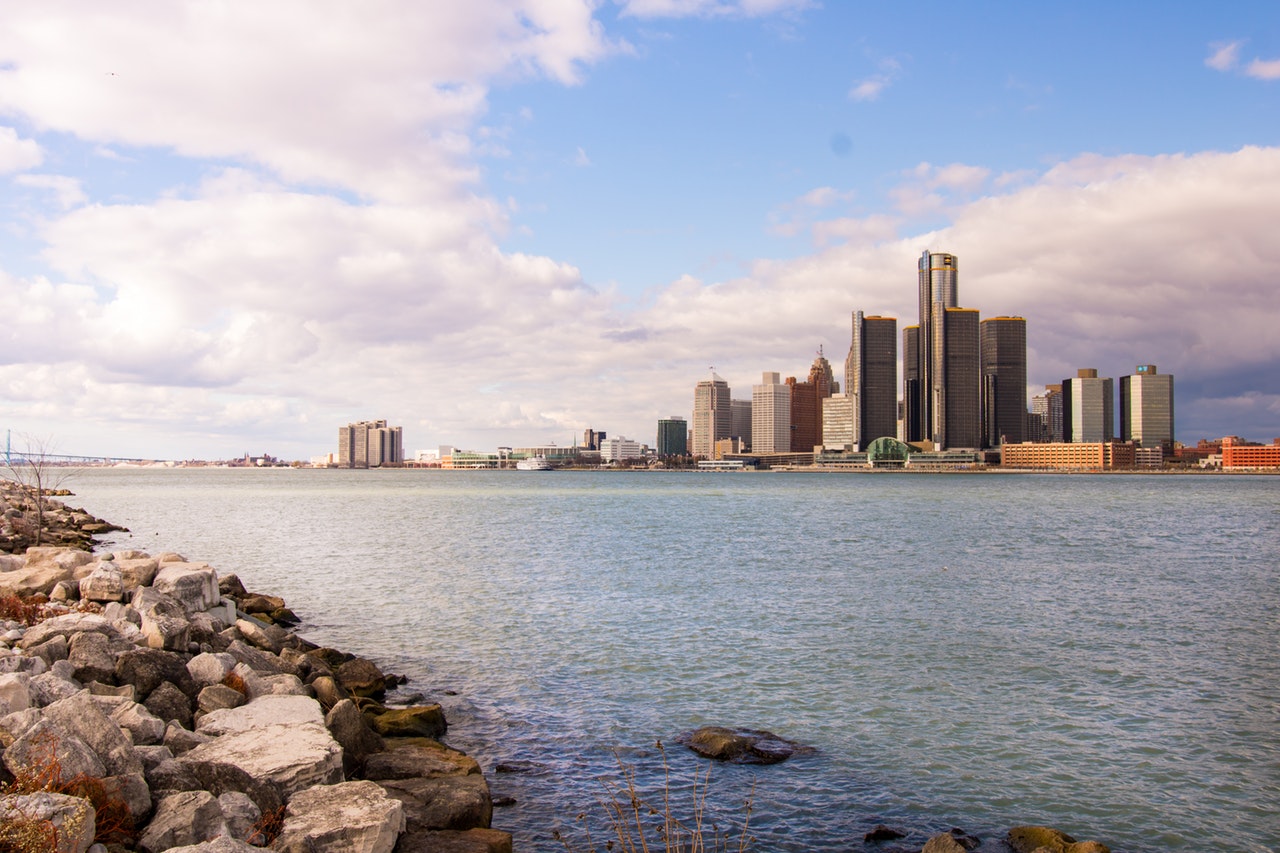Micro-Geographies of Homelessness: A Guided Tour Through Schöneberg, Berlin
At first glance, a tour is not the most accurate description of what Querstadtein offers. A focus on homelessness, avoiding voyeuristic opportunities, actually suggests a confrontation. First, the sanitized experience of a typical tour where beautiful spots flocked by tourists conceals a view of the quotidian life of the city and its dwellers. Second, and more importantly, it challenges our daily attitudes toward ‘undesired’ people and urban poverty. What are our actions, inactions and assumptions about these issues? Inspired by similar initiatives in Copenhagen and London, Querstadtein aims to inform about homelessness in Berlin, confronting prejudices and enriching perspectives of public spaces. All while taking a walk and listening to the stories of someone who has already tackled life on the streets.
Carsten Voss is the name of our guide through the locality of Schöneberg. Formerly homeless, he tells visitors his own story. Once a manager of a renowned fashion trade fair, a downward spiral of burnout and depression threw him onto the streets. Carsten’s stories speak on different levels about the broad panorama of homelessness in Berlin. They particularly reveal contrasts between different spots in Schöneberg, an area where he lived and moved in both phases of his life.
In Berlin, homeless Germans can get an official registration of their status. This grants them a special ID that entitles them to receive different services, such as food, shelter, counselling, a postal address, etc. Yet many people remain unregistered, sometimes by choice. According to Carsten, Berlin is a good destination for homeless people because social help is good and the degree of tolerance towards homelessness is relatively high. Schöneberg, despite of the bourgeois appearance of its buildings and leafy parks, has a tradition of social concern. Carsten mentioned, as an example, that part of the first organized squatting movements of former West Berlin took place in the borough back in the late 60s.

Use and Appropriation of Public Spaces.
The tour shows how specific places are used and perceived by the homeless. It also points out contrasts between different yet close areas of Schöneberg and neighbouring districts; some are tougher than others. Carsten explains it is possible to tell how affected the homeless are or how long they’ve been living on the streets depending on where they move. Specific places are described in detail in order to show what makes a place suitable for hanging out, sleeping or making some money. Public transport stations allow for socialization, making the Nollendorf Platz station a lively place to hang out. Some late night shops close to the station and a supermarket in Banhof Zoo station are crucial for making money out of empty deposit bottles. The Mathias Church offers free food to those with the pertinent ID and the Victoria Luise park is a lovely, calm spot to hang out.
During the tour, Carsten clarified some typical stereotypes about the homeless. Not all have mental health problems, addictions, or look remarkably neglected. Also, the reasons for living on the streets are as particular as Carsten’s own story. He also mentioned common attitudes of discomfort toward homeless. For example, how it is better to beg in the streets using a container for coins because people avoid contact as much as possible. Throughout the tour, Carsten’s experiences spoke in different ways about the isolation and anonymity homeless people are exposed to. Perhaps for these reasons, he suggested us to try not to avoid eye contact with anyone living on the street, because invisibility is the worst of all feelings.
Melisa Chávez Moreno is an urban governance specialist based in Berlin. She documents self-made urban initiatives at We Are Performers.
Photos: Sally Olech, Nollendorf Platz Station


